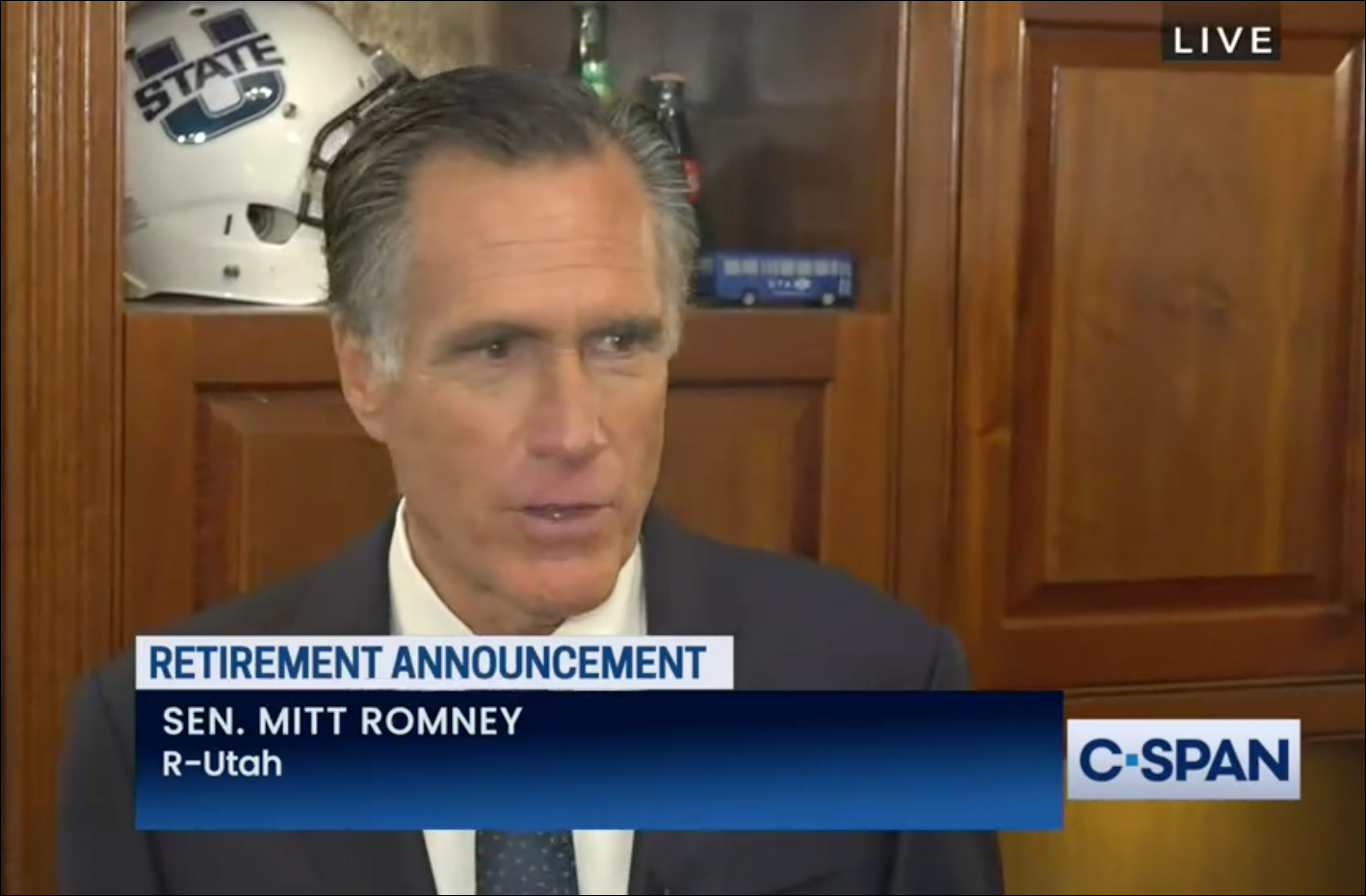By Jim Ellis — Monday, Oct. 23, 2023
President
Trump’s Numbers: Polling Finds 291 Electoral Votes — According to a series of concurrently conducted independent polls, former President Donald Trump today would lead in enough states to provide him with 291 electoral votes, or 21 more than required to unseat President Joe Biden. Morning Consult, polling for Bloomberg News in various targeted states, projects Trump to leads in Arizona (+4), Georgia (+5), North Carolina (+4), Pennsylvania (+1), and Wisconsin (+2).Last week, Emerson College also found Trump holding an advantage in Pennsylvania and Wisconsin. Simultaneously, the Marketing Resource Group saw Trump running seven points ahead in Michigan, but the more current Morning Consult/Bloomberg data shows the two candidates tied before the Wolverine State electorate. It is these aforementioned states that will make the difference nationally.
Robert F. Kennedy Jr., now running as an Independent candidate, was not tested in the MC/Bloomberg survey series.
Senate
California: Sen. Butler Out; LA Anchorwoman I — Appointed California Sen. Laphonza Butler (D) announced yesterday that she will not run for a full term next year. Despite having more than a year in office after replacing the late Sen. Dianne Feinstein (D), the early March 5 all-party jungle primary allowed her little time to begin competing against Reps. Adam Schiff (D-Burbank), Katie Porter (D-Irvine), Barbara Lee (D-Oakland) and former baseball great Steve Garvey (R), all of whom have a major head start in fundraising and campaign organization.
Los Angeles news anchor Christina Pascucci (D), on the other hand, became a late entry into the crowded US Senate contest, but said she is getting into the race “ … because I have to fight for what I believe is possible for California and for this country.” Pascucci describes herself as a “moderate Democrat.”
New Jersey: Constituents Favor Menendez Resignation — A newly released Fairleigh Dickinson University poll of the Garden State electorate (Aug. 6-14; 813 New Jersey adults; live interview & text) finds that 70 percent of the respondents, including 71 percent of Democrats, believe that indicted Sen. Bob Menendez (D) should resign his seat even without him having a chance to defend himself in court.
So far, Sen. Menendez has been adamant about not resigning over the federal charges that accuse he, his wife, and several associates of engaging in bribery. While the senator is not forced to leave office, polls such as this clearly suggest that he will be a severe underdog in a June Democratic primary race against US Rep. Andy Kim (D-Moorestown) and potentially several others.
House
MN-2: New Republican Candidate — The GOP leadership is making another attempt to unseat Minnesota US Rep. Angie Craig (D-Prior Lake), but this time it is likely they will have a new standard bearer. Former federal prosecutor Joe Teirab announced his congressional candidacy late last week. In the past two elections, Rep. Craig has defeated military veteran Tyler Kistner but with an average vote percentage of only 49.5 percent. Republicans hope a fresh face will be able to get the extra support to top the three term House incumbent.
The FiveThirtyEight data organization rates MN-2 as D+1, while the Daily Kos Elections site ranks the southeast Minnesota congressional district as the 14th most vulnerable seat in the Democratic Conference.
Governor
North Carolina: New Republican Candidate Emerges — Attorney Bill Graham (R), who says he will invest at least $5 million of his own money into his statewide race, announced his candidacy for the state’s open governor’s position. Many in the Republican establishment doubt that the early front runner, Lt. Gov. Mark Robinson, can win a protracted campaign, which is sure to feature a barrage of attack ads portraying him as an extremist.
The leading Democratic nominee is Attorney General Josh Stein, but he only won the 2020 re-election campaign with 50.1 percent of the vote. Therefore, the Republicans will be competitive in the governor’s race regardless of who they nominate. Gov. Roy Cooper (D) is ineligible to seek a third term.







